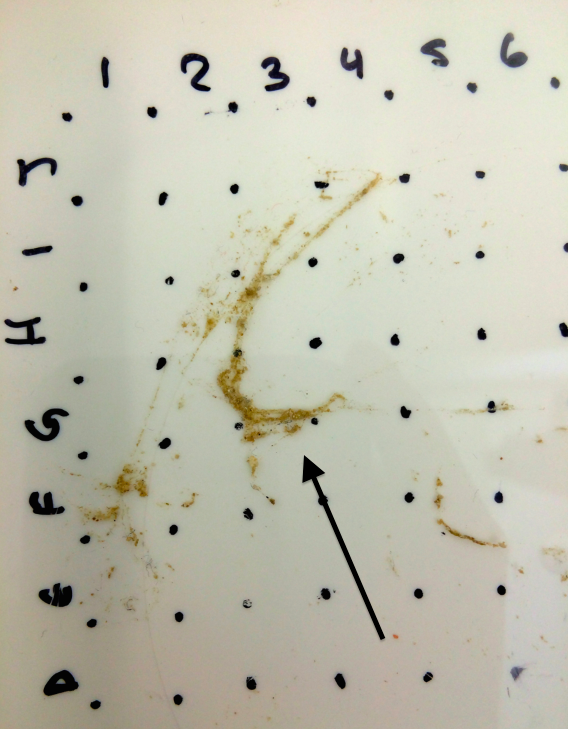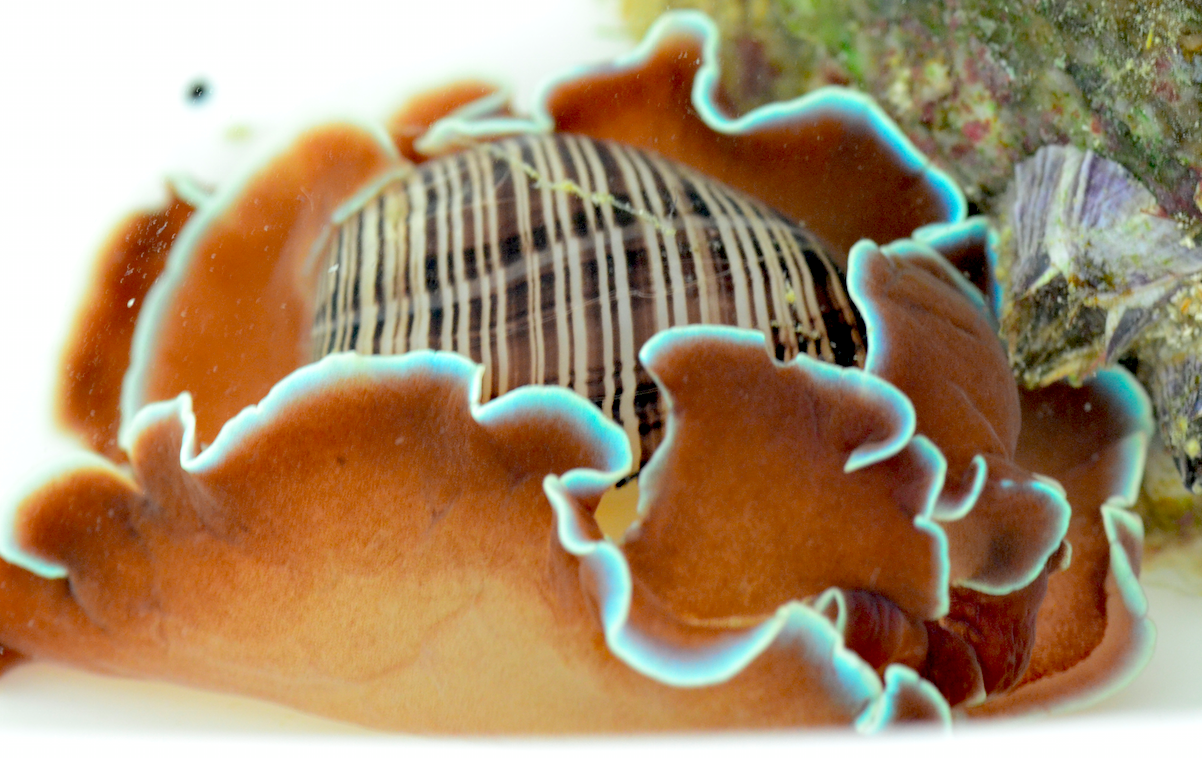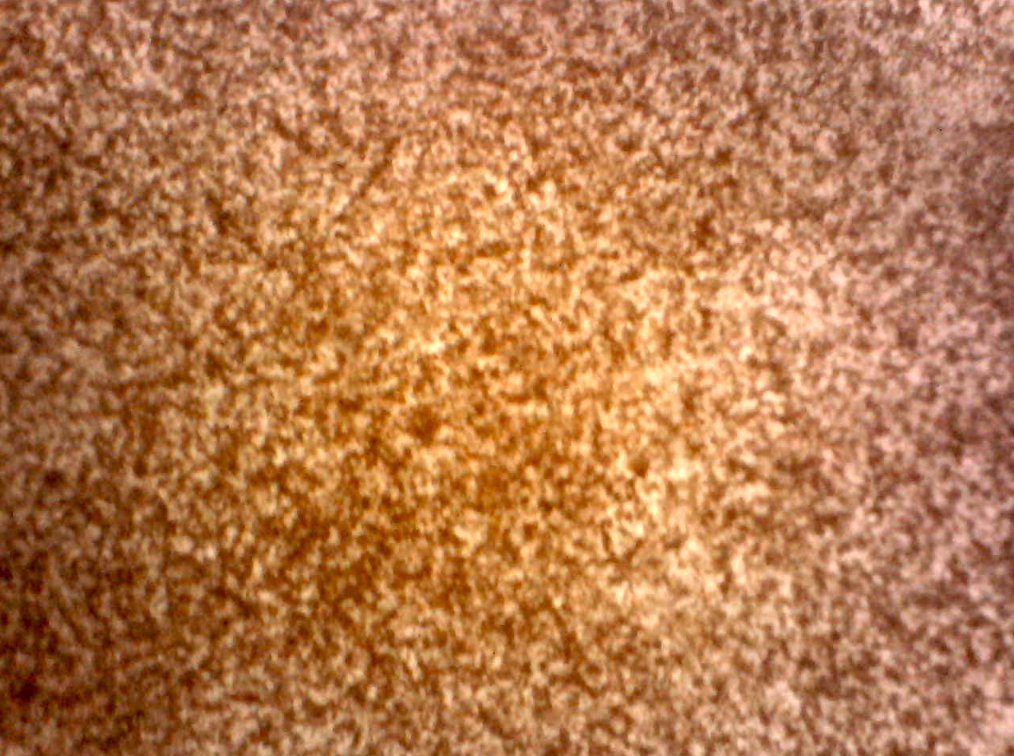Summary
Physical Description
Size
Ecology
Predators
Life History & Behaviour
Experiment
Anatomy & Physiology
Defence Mechanisms
Evolution & Systematics
Biogeographic Distribution
Conservation & Threats
Current Uses
References & Links | DEFENCE MECHANISMS
Given their extremely exposed bodies (external from their shell), opisthobranchs have developed a number of survival systems (Behrens 2005). Some of which include chemical and biological weapons, aggressive displays, mimicry, warning coloration, patterns, ornamentation and camouflage (Coleman 2001).
H. physis, like its opisthobranch relatives, do not have eyes and instead have light receptors. This makes their adaptations, such as camouflage, all the more unique as they have no sense oftheir own colour in relation to the substrate, like a sponge, where they are seeking refuge. Therefore, these mechanisms rely on chemo-reception and evolutionary adaptation.
Most of the defenses that exist in opisthobranchs are aimed mainly at visual predators, such as fish, which are able to see the bright colours and patterns that appear on them. These colours and patterns on opisthobranchs have a lasting impressionon their prey, like fish, as their toxic taste leaves a ‘bad taste’ on the fish’s memory in the first instance of ‘mouthing’, to avoid further attacks.
Other fish like pufferfish and wrasses have, over time, learnt to suck opisthobranchs in and spit them out very quickly. They do this up to a dozen times in a process called ‘washing’. This mechanism effectively reduces the strength of the chemical discharge each time the animal is sucked in.
 Figure 17. Mucous trails of Hydatina physis, as indicated by the black arrow, discharged from body under stress, such as handling for a period of time
Figure 17. Mucous trails of Hydatina physis, as indicated by the black arrow, discharged from body under stress, such as handling for a period of time

Figure 18. Brightly coloured Hydatina physis to warn off predators

Figure 19. Close up of the pigmentation of Hydatina physis. Photo taken using a dissection microscope at 10X magnification
|
|